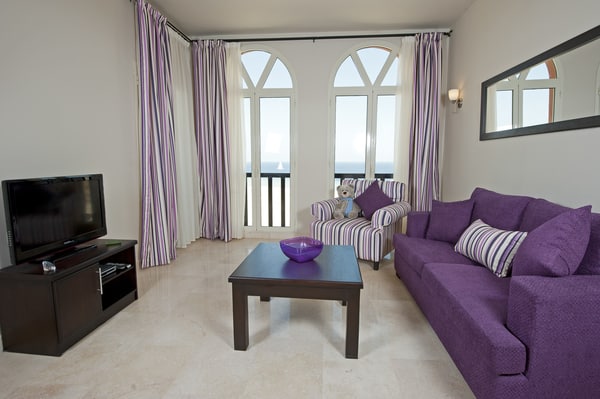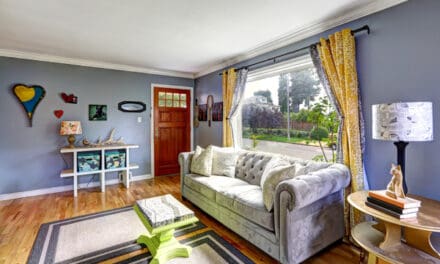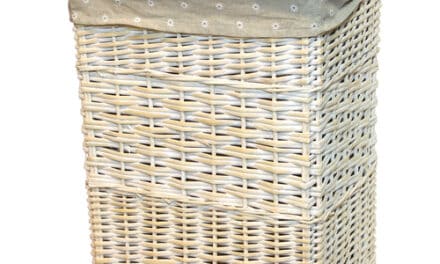Curtains are one of those things that make or break an interior design project in many people’s opinion. They’re very versatile – they fit different rooms because they come in various designs, colours and shapes. Curtains serve mainly three purposes: decoration, privacy and insulation from light or cold drafts caused by windows. You can pick from a number of different materials and a variety of designs, so there will always be curtains that fit your style and budget.
First let’s go over some of the main types of curtains:
Sheer Curtains: These are typically made from a fine thread count fabric that allows light to pass through while still providing privacy for those inside. Sheers are great because they’ll provide an infusion of sunlight to any room without blocking out too much light. They’re often used in conjunction with other types of curtains or blinds because sheer curtains by themselves don’t provide much privacy.
Faux Silk Curtains: Made from polyester, these offer the same light filtration that sheers offer but don’t look nearly as elegant or expensive.
Cotton/Linen Curtains: These are available in many different colours and styles so they can suit any room’s décor. They’re also very durable, which means they’ll last for years if you take good care of them. Linens are often used by professional interior designers because their neutral colour matches just about everything, making them easy to incorporate into the design scheme of the room without clashing with anything else inside.
Some people love modern, shiny things while others want something more traditional or antique-looking. There’s many types of fabrics you can choose from as well: cotton, polyester, plastic… Some materials also have certain benefits over others. For example, if you’re trying to insulate your room from cold drafts, velvet may be the best solution because it doesn’t let air flow through it very well. Do some research on how different fabrics work before buying them for adding new touches to your house!
What length should curtains be? It depends on the window type (casement or double-hung? Inward opening or outward opening?), window frame, interior design of the room and your personal style. You can also mix and match how you hang your curtains: some people like to have a few centimetres between the top edge of the curtain and the ceiling, while others prefer having them touching their windowsill. It really comes down to what looks good in a specific room.
What width should they be? The standard width for curtains is 1.5-2 times the width of your window, but you can always go wider or narrower if you want to.
If you have a large window that lets in a lot of light, try hanging two layers of curtains – one sheer and one thicker curtain behind it. This will help keep out the cold drafts too! Measure your windows before choosing how big they should be so they’ll fit perfectly within their frame when put up on your walls.
This also comes down to personal preference, but you should always think about how much the curtains will cover your window. If they’re too narrow or short, they won’t provide enough privacy because people outside can peek inside easily; if they’re too wide, however, you might end up with an ugly excess of fabric taking over the room.
Don’t feel overwhelmed about choosing new curtains for your home. It’s easy to make a room look good with new drapes if you just remember some key details like what type of window frame you have and how much fabric it’ll hold. Doing some research beforehand will make buying new drapes fun instead of frustrating because once they’re hanging on your windows, all of your hard work and effort will pay off and you’ll finally be able to see your handiwork!





